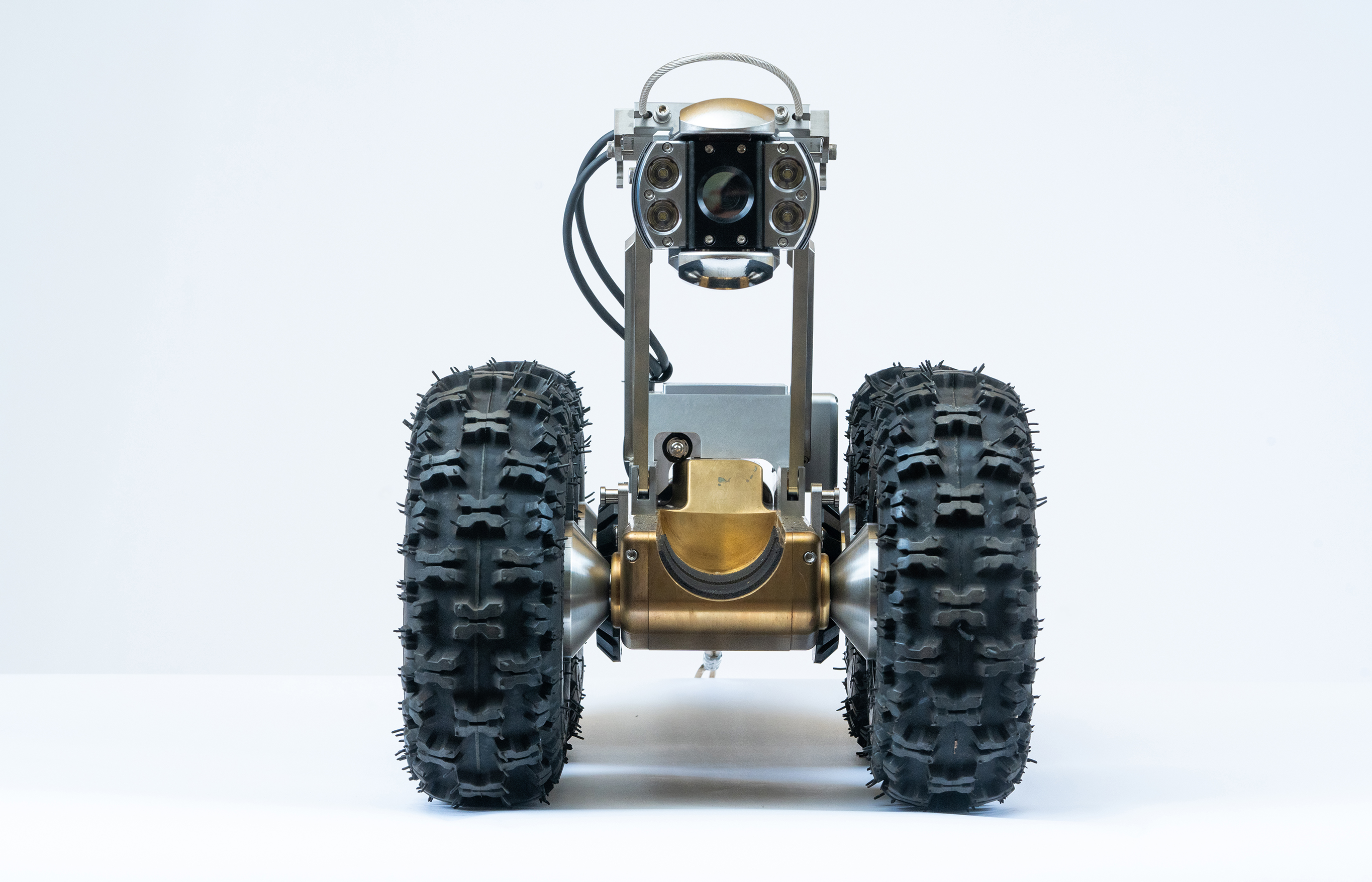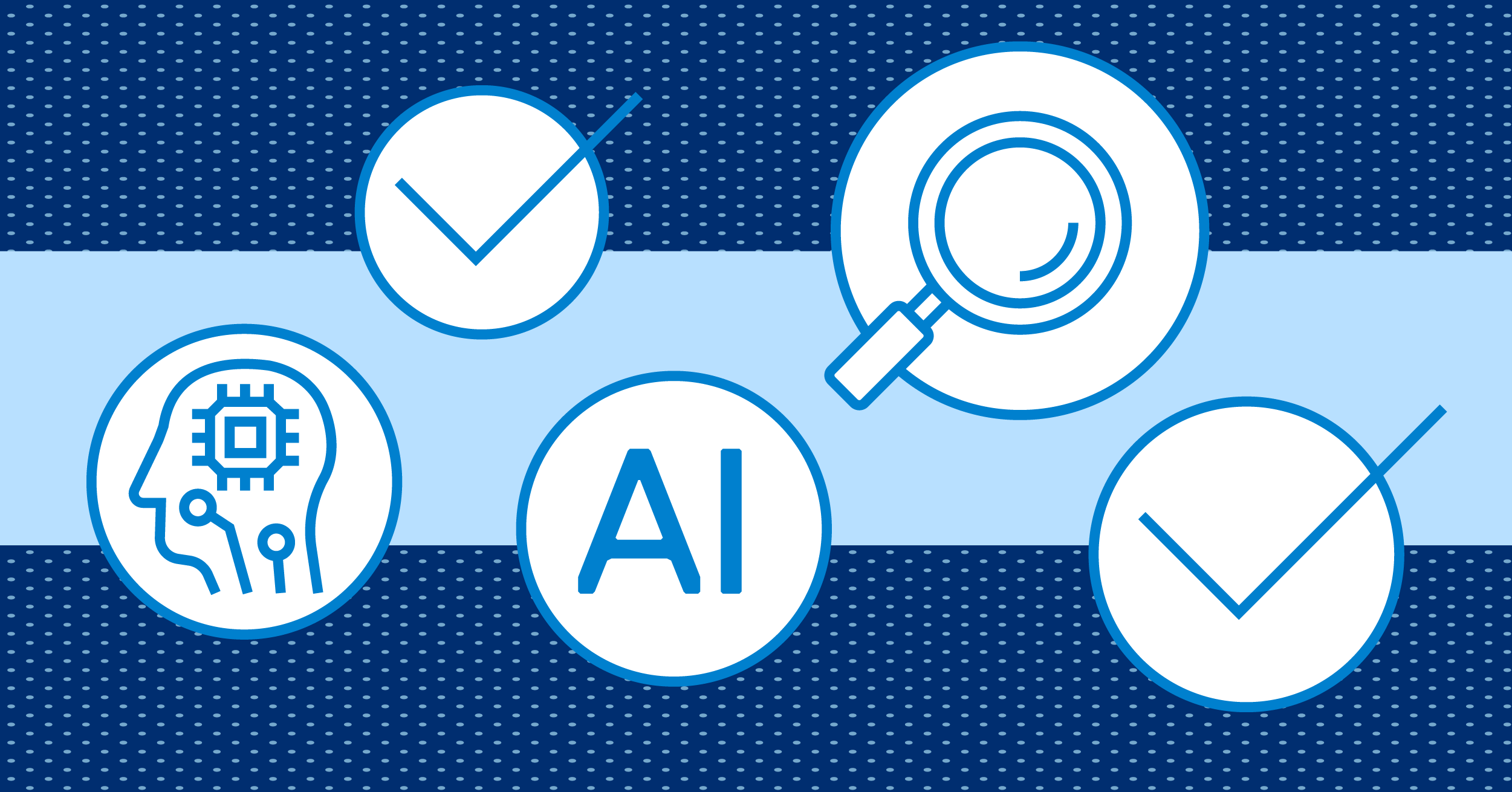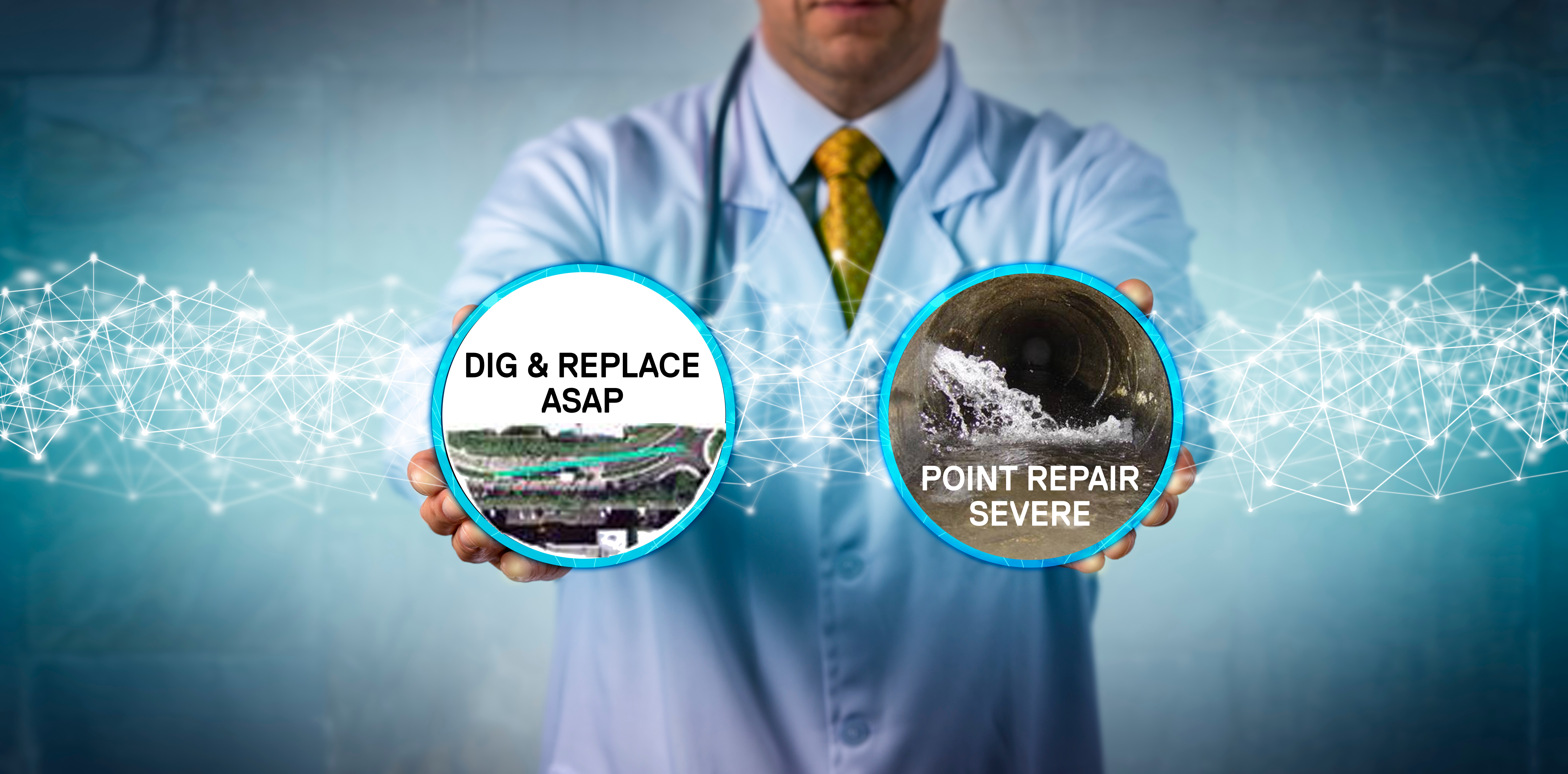
News
It’s no secret that US wastewater infrastructure is in desperate need of repairs. In 2021, the American Society of Civil Engineers gave the country’s wastewater infrastructure a D+ rating, a reflection of frequent pipe breaks, widespread contamination risks, and rampant system inefficiencies.
Complicating the issue even further is a simple lack of manpower; many municipalities are responsible for monitoring and rehabilitating old wastewater infrastructure with limited budget and human resources that are slowed by:
- manual inspection and coding, which creates time-consuming, labor-intensive processes
- subjectivity and inconsistency, which can lead to disagreements between operators and differences in reporting and analysis
- data management, which grows difficult to handle and process in large volumes
- high turnover, which leads to lost productivity and a greater investment in training
While these are significant hurdles, recent AI developments can streamline inspections and maintenance, allowing municipalities to make the most of their existing budgets and teams while enhancing their wastewater infrastructure.
That’s why we built GraniteNet, a powerful inspection software platform that leverages AI to manage tasks, perform inspections, and help municipalities and utilities make informed decisions.
Watch the full webinar or use our table of contents to learn more:
AI’s Capabilities In Pipeline Inspections
AI and AI-based technologies have the potential to significantly boost your team’s capabilities and workload—provided they’re appropriately adopted and incorporated into the current workflow.
Here’s how some of the most popular technologies can benefit your team—technologies we’ve incorporated into GraniteNet at CUES:
AI - Artificial Intelligence
AI mimics the problem-solving and decision-making capabilities of the human mind to analyze inspection data, then identify and code sewer defects with PACP standards.
ML - Machine Learning
ML is a version of AI that uses data and algorithms to imitate the way humans learn, which it then applies in reviewing historical data to improve defect detection accuracy within sewer data.
CV - Computer Vision
CV allows computers to draw meaningful data and insights from visual inputs like photos and videos—much a human on your team would do.

Why Leverage AI In Inspections & Workflow
AI, ML, and CV all have the potential to transform your current capabilities. As you weave these technologies into your processes, here are some of the biggest benefits you can unlock:
1. Increased Efficiency
AI automates the defect coding process, reducing the time and effort required for manual inspection and coding.
2. Consistent Classification
AI ensures standardized defect coding, eliminating variations caused by human subjectivity and improving data consistency.
3. Enhanced Data Management
AI-powered systems can handle and analyze large volumes of inspection data, facilitating efficient data integration and retrieval.
4. Continuous Improvement
AI relies on a reference library and machine learning to continue improving its accuracy, precision, and recall.
Combining CUES Defect Coding Services & AI
GraniteNet provides PACP 6 and PACP 7 coding services to evaluate sanitary mainline pipelines to complete work faster, reduce time on the streets, traffic detail costs, and avoid coding quality issues.
This allows engineers to focus on larger projects, while AI manages inspection data review and identifies urgent issues.
How Utilities And Contractors CUES AI
Currently, we’re seeing utilities and contractors use CUES AI for:
- Coding inspections collected on a daily basis, ultimately saving operators time and increasing overall productivity.
- Coding legacy archives, including videos that were recorded but never reviewed or assessed.
- Comparing current field inspection quality to machine-based quality for use in training and consistency.
Combining CUES Prescriptive Planning Service & AI
AI has the potential to transform your current workforce while keeping an eye on the future. Some of its biggest benefits:
1. Automated Defect Identification
AI algorithms can automatically identify and code sewer defects to save time and reduce the risk of human error.
2. Condition Assessment
AI can assist in assessing the severity of issues and can prioritize maintenance efforts based on coded defects, enabling efficient resource allocation.
3. Trend Analysis and Predictive Maintenance
AI-powered systems can analyze historical defect data to identify trends and patterns, supporting proactive maintenance strategies.
4. Operator Training & Development
Field operators can review the AI-coded inspections to better understand which PACP codes to use.
AI In Action: A Case Study From Hampton, VA
Artificial intelligence and machine learning have been instrumental to rapid improvements in Hampton, VA—the oldest continuously inhabited English-speaking city in the country. Not surprisingly, the infrastructure in Hampton is often outdated, but leadership decided to rely on the latest technologies to streamline maintenance efforts.
Check out this case study to learn more:
The Challenge
Although the city can trace its roots back more than 400 years, it aimed to implement the 21st century’s best practices related to:
- Sewer inspection
- The evaluation and repair of significant defects
- Minimizing unpermitted sanitary sewer overflows
The Solution
Hampton relied on CUES and our Defect Coding-As-A-Service (DCAAS) to automatically recognize defects using machines that have been taught to identify visible pipeline issues. These defects are wirelessly transmitted from the field to the cloud using the GraniteNet software platform, where they can be reviewed by human inspectors.
Even better, the tool’s algorithm recommends the ideal course of action based on noted observation codes and categories, creating a timeline of actionable tasks and future expenses.
The Payoff
Hampton has improved its sewers while slashing costs. In fact, the city has slashed its consultant expenses by 40% as it’s determined 40% of its inspected pipelines require no activity at this time.
Beyond cost savings, the Hampton team is working smarter than ever. With its Prescriptive Planning, the team now makes defensible, data-driven decisions about what to fix and when, better accounting for the city’s overall budget.
Learn More With CUES
To learn more, dive deeper into GraniteNet or contact us. Our experts can ensure you have the correct software, tools, and resources necessary to tackle your wastewater infrastructure.

